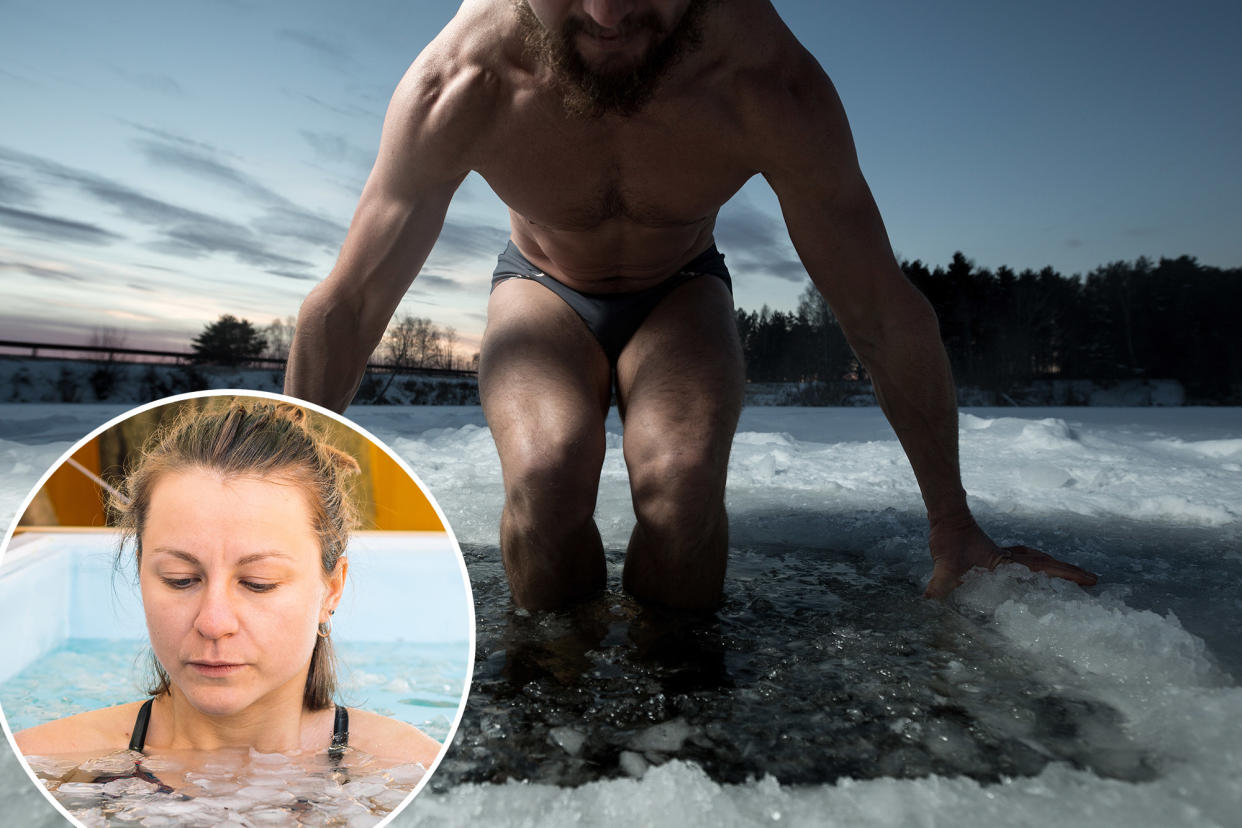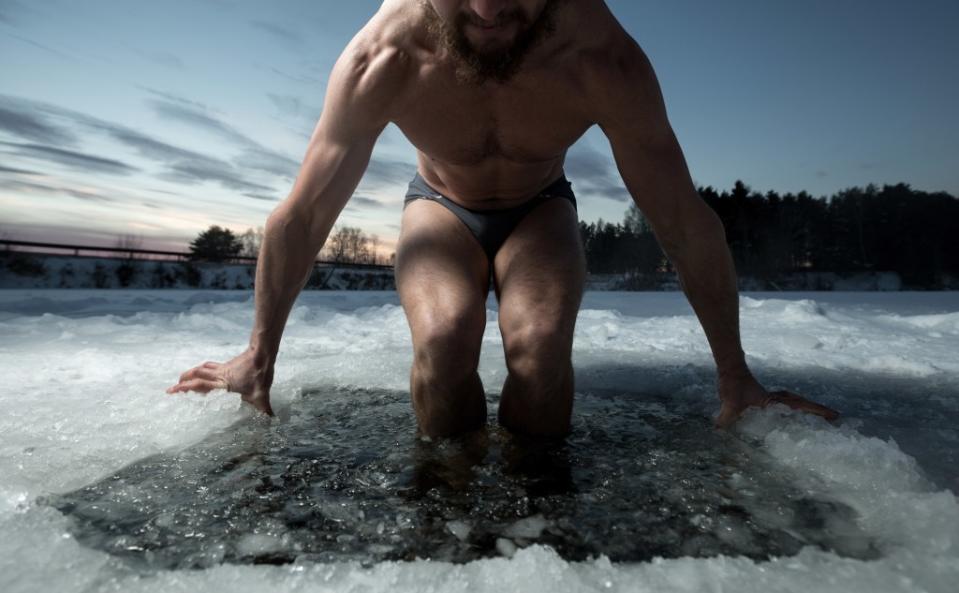Are cold plunges safe? What you need to know about the health benefits, risks of this celeb-loved trend

Brrrrring on the hypothermia?
Cold plunges are all the rage — Scheana Shay, 39, was spotted slipping into a backyard tub on the latest season of “Vanderpump Rules” and Courteney Cox, 59, revealed her love of frigid baths — but there are some health risks you should know about before taking the plunge.
“Assuming that everybody responds the same way to cold is extremely dangerous,” François Haman, a health science professor at the University of Ottawa in Canada who has studied cold exposure for two decades, told Yahoo Life in March. “I’ve had some people have a lot of difficulties in the cold; other people had no issues.”

Cold immersion therapy — usually in water less than 60 degrees Fahrenheit — causes your blood vessels to constrict and then dilate, enhancing circulation. It’s also shown benefits for metabolism, joint pain, and inflammation.
Athletes and fitness lovers often start the day with a cold plunge or follow a workout with one to help their muscles recover, Andrew Jagim, director of sports medicine research at the Mayo Clinic Health System, told Yahoo Life.

Wim Hof, a Dutch motivational speaker and extreme athlete, claims that mastering cold therapy and his specialized breathing technique improves physical and mental health. A review of research into Hof’s method found some “promising” effects on inflammatory response, but further studies are “needed to substantiate this finding.”
For her part, Cox reports that the “dopamine hit” she gets from sliding into her outdoor tub in her bikini “lasts a long time.” Others say it improves their mood and stress.
“There is low-quality evidence to suggest that cold water immersion offers benefits in major depressive disorders or enhances relaxation,” Dr. Craig Van Dien, a physical medicine and rehabilitation specialist at Hackensack Meridian Health’s JFK Johnson Rehabilitation Institute, told Forbes in January.
“This is similar for other purported benefits, including enhanced immune function and improved post-exercise recovery. There is more evidence to support use in muscle soreness,” Van Dien added.

But there are some risks that can get you into hot water. Submerging yourself in cold water can cause you to feel disoriented, your blood pressure and heart rate to spike, your airways to tighten, and your muscles to lose control, Healthline reports, while being in a cold bath for too long can lead to hypothermia.
Drowning is also a possibility.
“Understanding your medical comorbidities and what risk they pose is extremely important before cold plunging,” Van Dien explained. “At a minimum, individuals with known cardiac or pulmonary disease should steer clear of cold water immersion, given the immense burden placed on these body systems.”
Older people and those with diabetes, asthma or chronic health conditions should consult a physician beforehand.
Expert tips for doing cold plunges
Start with 30 seconds and slowly build a tolerance for the cold. A short duration is ideal, especially for beginners.
Consider going only waist-deep to make sure you can get out safely.
Focus on your breathing, but do not hold your breath — it can increase your risk of cardiac arrhythmias.
Plunge with a partner in case of emergency.
Listen to your body.


